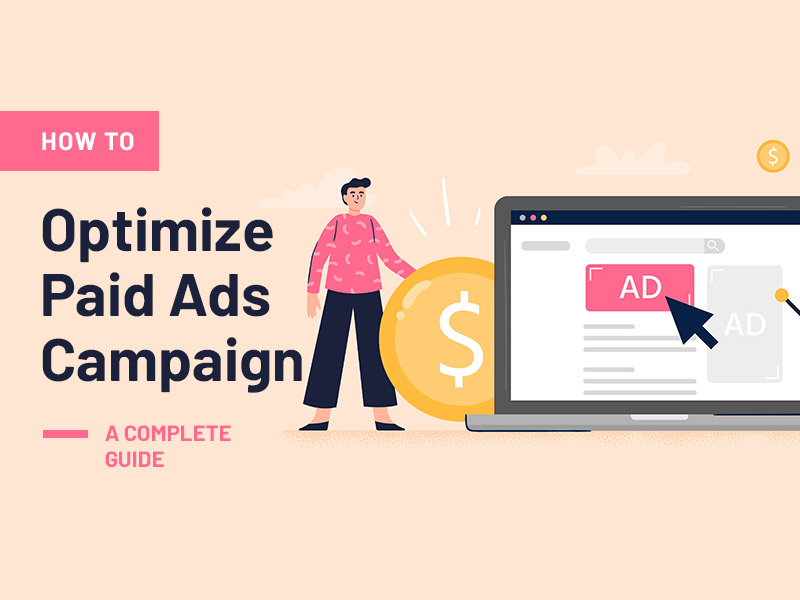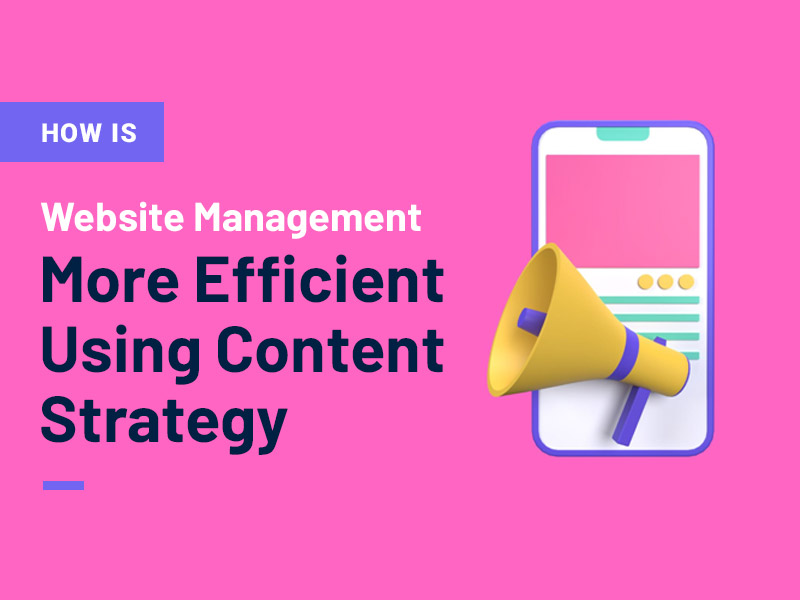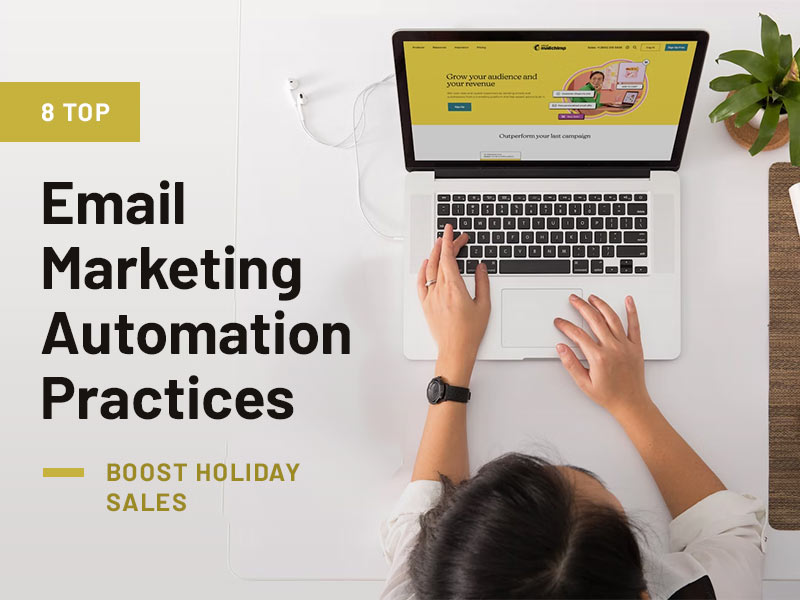When it comes to paid ads, you can’t just throw money at something and hope for the best. You must have a proactive approach from the moment you begin your paid ads campaign. That said, it would be best if you optimized your campaigns to be well-targeted and relevant.
Paid ads campaigns are indeed a powerful way to reach new customers and grow your business. However, you must play the game right to get the most out of your money. Optimization is the key to success—it can make or break your campaign, and it’s important to know how to optimize your campaigns to reach their full potential.
To understand what paid ads campaigns are and how to optimize them, it’s a good idea to understand the basics. This article will be a complete guide to help you get started.
What is Optimization?
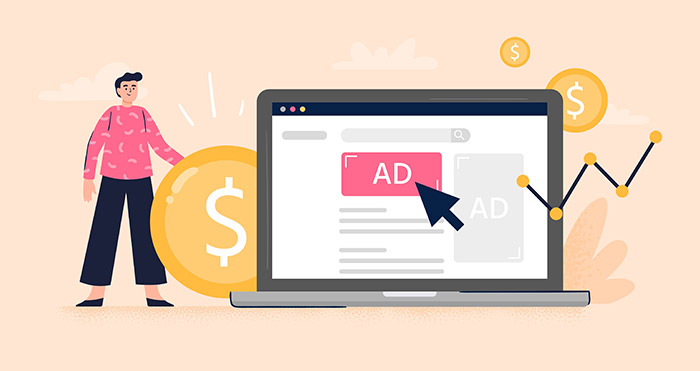
Optimization is the process of improving your campaigns to make them more effective. It involves changing your ads, ad groups, keywords, bids, and budgets to get higher conversions at lower costs. Optimization is essential because it improves your ROI (return on investment) by increasing the number of clicks with every dollar spent.
You must note that when you optimize your campaigns, it doesn’t mean that they will automatically start performing well—it only means that they’re optimized.
What is a Paid Ads Campaign?
Paid ads campaign is a part of your display advertising accounts that allows you to create and manage ads, keywords, and bids. It’s where you customize your ads to get higher conversions and lower costs and monitor their performance in real-time.
Several platforms help you create and manage your paid ads in the modern world. Among them are the following:
- Google AdWords
- Microsoft ads
- Facebook ads
- Instagram ads
- YouTube ads
- LinkedIn ads
- Twitter ads
- Amazon ads
- Other affiliate marketing platforms like ClickBank, JVZoo, etc.
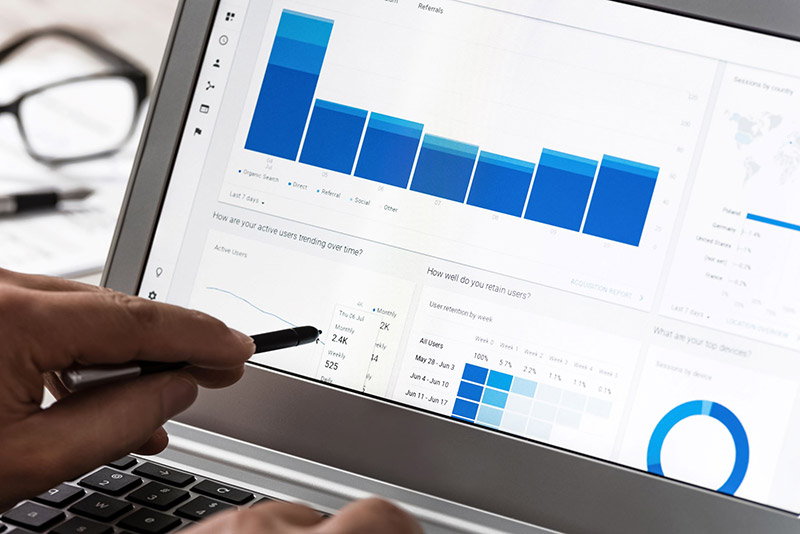
All these platforms will enable you to set up your paid ads campaign and give you the maximum benefits to optimize as long as your campaign is still running. However, you must familiarize yourself with the platform you’re running ads on.
Note that there are different kinds of paid ads, including social media ads, affiliate marketing, and pay-per-click (PPC). If you’re interested in the latter, using a powerful PPC budget management software can instantly help you track multiple accounts across several platforms.
Optimizing Your Paid Ads Campaign
If you have a paid ads campaign running, you must optimize it to get the best ROI. There are many ways to do this. We’ve listed some of them below.
1. Analyze Your Key Performance Indicators
Key performance indicators (KPIs) are the metrics you use to measure your campaign’s effectiveness. You should identify which KPIs are most important for your business and set goals for each. The most common KPIs include click-through rate (CTR), cost per click (CPC), conversion rate, and average order value (AOV), among others.
2. Create A Keyword Plan
Keyword research is an essential part of setting up a paid ads campaign. It would help to understand your target audience and what they are searching for online. This will help you create a keyword plan that includes the right words and phrases to target with your ads.
3. Write Compelling Headlines and Descriptions
Your ads will compete with others for a spot at the top of Google’s search results. Make sure your ads stand out by writing compelling headlines and descriptions relevant to the searcher’s query. The headline and description will appear as a snippet on either side of your ad unit when users click on it, which means they need to be short yet attention-grabbing.
4. Test Different Landing Pages
When you create an ad, Google will ask you to choose a landing page. This is the web page that people will be sent to when they click on your ad. This page needs to match the message in your ad and provide more information about what customers will get if they purchase from you.
It’ll be best to test different landing pages by creating different versions and testing them against each other. This will help you determine which is most effective at converting visitors into customers.
5. Test Different Bids and Budget Sizes
There’s no one-size-fits-all regarding bidding strategy and budget size. You must test different bids and budgets to see what works best for your campaign goals. For example, if you want more clicks but want to save money, try increasing the bid amount by just a few cents so that it can rank higher in the search results pages but doesn’t cost more per click.
6. Set Up Your Campaigns Correctly
There’s nothing worse than seeing your ad go live to realize that the campaign was set incorrectly. Ensure you have all the correct settings in place before running ads. These include selecting the right audience, setting up your bid strategy and budget correctly, and ensuring that your ad copy is well-written.
7. Collect and Analyze Data
Data collection is crucial for optimizing your paid ad campaign. It allows you to gather valuable insights about your audience, ad performance, and campaign effectiveness.
Integrating Google Analytics with a CRM could maximize the effectiveness of your campaign. As it will enable you to combine Google Analytics data with data from other sources by providing a comprehensive view of your business performance and let you make data-driven decisions to optimize your paid ads strategy for maximum ROI.
Conclusion
Running a successful paid ads campaign can be challenging. Learning the best practices takes time and effort, especially when you’re new to paid advertising. Optimizing paid ads campaigns can also be tricky, but it’ll be well worth the effort. Once you get the hang of it, you’ll be able to run profitable campaigns that target your ideal customers and meet your business goals.
